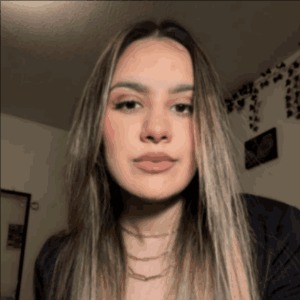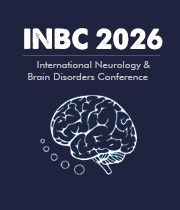Visuospatial Abilities
Visuospatial abilities refer to the mental processes used to manipulate and orient objects in space. Visuospatial abilities allow us to navigate, recognize, remember, and transform spatial information such as maps, diagrams, and object placements. They are fundamental to a range of activities, such as playing games, drawing, performing surgical procedures, understanding mathematics, and navigating in unknown environments. One type of visuospatial ability is mental rotation, which requires a person to mentally rotate an object in their mind and identify how it changes when it is turned. Mental rotation is a part of an array of other visuospatial abilities, which include processes such as visual imagery, spatial manipulation, spatial orientation, spatial recognition and visualization. Other types of visuospatial abilities include object location, where an individual can remember the location of a particular object or object arrangement in a given space. Memory for location is important in diverse tasks such as following directions to a certain spot and navigation during everyday activities. Visual closure is another visuospatial ability, which is the ability to identify an object based on a partial image. Visual closure works alongside a few other visuospatial abilities, such as figure-ground discrimination, size and shape constancy, and object recognition. Visuospatial abilities are important for everyday tasks, such as navigating to a location and manipulating objects in space. These abilities can be improved through experience and practice, such as through immersive virtual reality simulations. Furthermore, visuospatial skills can be enhanced through the use of multimedia, such as computer games, puzzles, and diagramming tasks. By engaging in tasks and activities that require visuospatial abilities, it is possible to significantly improve these skills.

Joe Sam Robinson
Mercer University, United States
Robert B Slocum
University of Kentucky HealthCare, United States
George Diaz
Memorial Healthcare Systems, United States
Daniel Curry
Texas Children’s Hospital, United States
Zhenhuan Liu
Guangzhou University Chinese Medicine, China
Kiran Ghotra
Lake Erie College of Osteopathic Medicine, United States




Title : Atypical presentation of Juvenile myoclonic epilepsy in a 16-year-old female: A Case Report
George Diaz, Memorial Healthcare Systems, United States
Title : What we don’t know about hydrocephalus and It’s management
Daniel Curry, Texas Children’s Hospital, United States
Title : Artificial intelligence-driven DWI and FLAIR for the detection of early stroke changes: A systematic review
Shari L Guerra, The Medical City, Philippines
Title : Mapping neuroplasticity in occupational therapy: Evidence-based interventions with measurable neural outcomes
Jessica Marchant, Texas Woman's University, United States
Title : Non-pharmacologic management of orthostatic hypotension in inpatient rehabilitation: A quality improvement initiative
Laura Steakin, Rehabilitation Institute at Sinai, United States
Title : Non-pharmacologic management of orthostatic hypotension in inpatient rehabilitation: A quality improvement initiative
Mackenzie Weber, Rehabilitation Institute at Sinai, United States